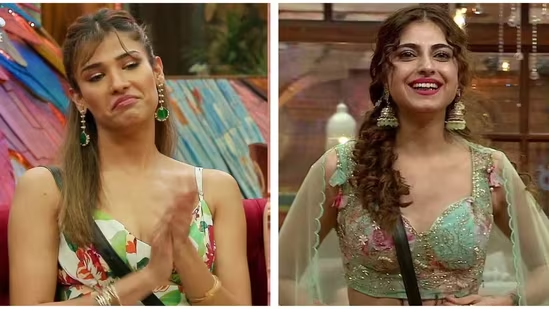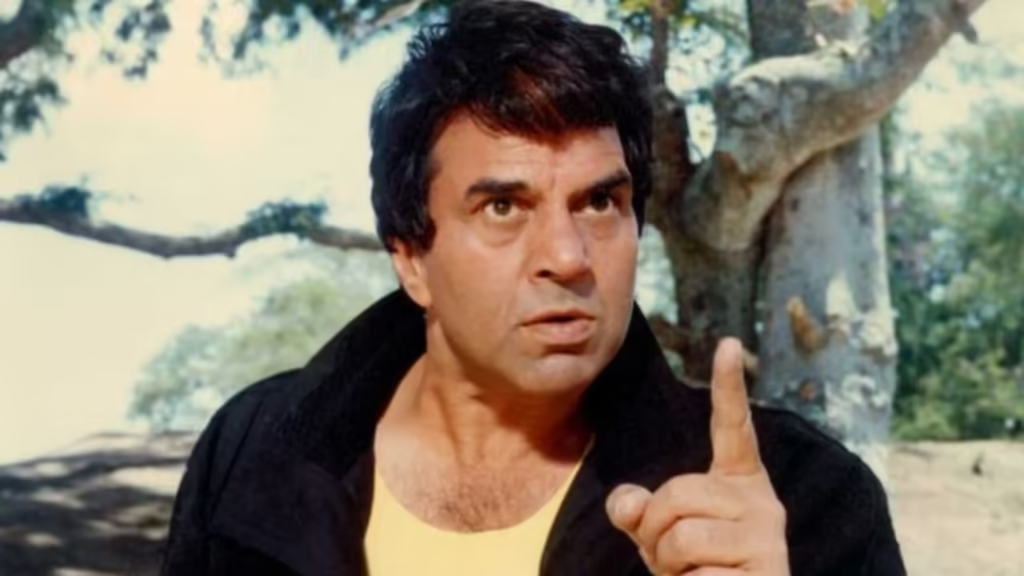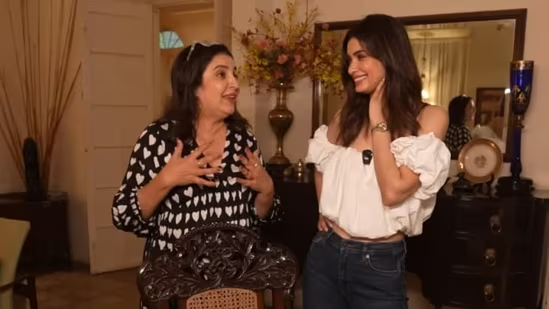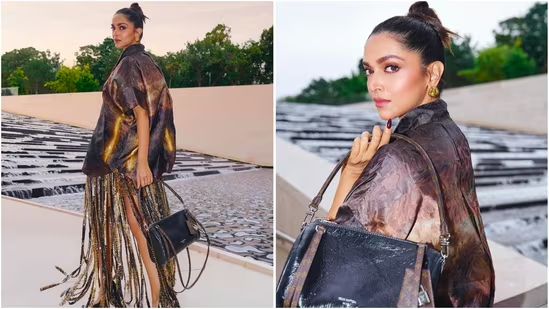Now Reading: Rana Daggubati Questions Anushka Shetty’s Image as Face of Women-Led Action Films
-
01
Rana Daggubati Questions Anushka Shetty’s Image as Face of Women-Led Action Films
Rana Daggubati Questions Anushka Shetty’s Image as Face of Women-Led Action Films
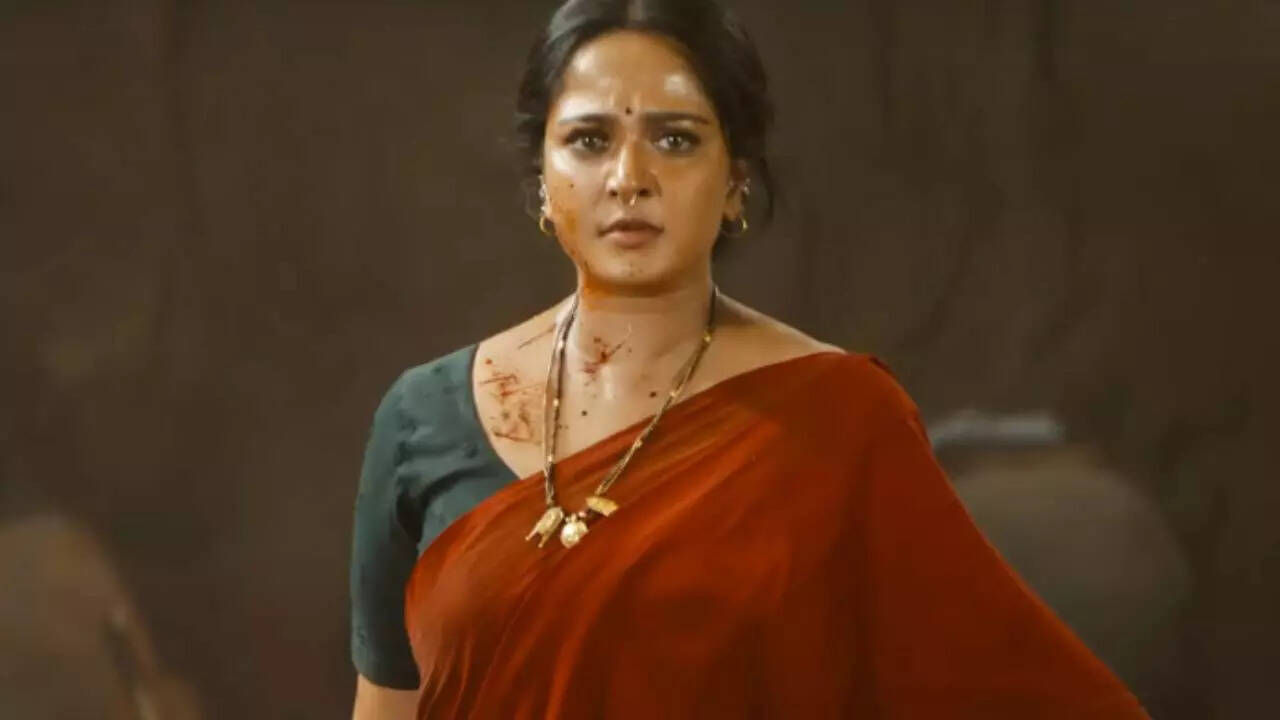
At a recent event, actor Rana Daggubati raised an interesting question to Anushka Shetty, asking why she often becomes the go-to choice for women-led action films that involve heavy violence. His remark came with a touch of humor as he added whether he could step into that space and be the “hitman” instead. The exchange sparked conversations about the kind of roles women are being offered in the industry and how audiences perceive them.
Anushka Shetty, known for her powerful performances in films like Arundhati and Baahubali, has built an image of portraying strong female characters who lead from the front. These roles have often involved physical combat, resilience, and intensity, setting her apart from many of her contemporaries. While this recognition has given her a unique space in Indian cinema, it has also brought expectations that she will continue to take on such parts.
Rana’s remark reflected both admiration and curiosity about this casting pattern. It also highlighted a larger question within the film industry—why certain actors get typecast in specific genres. For audiences in Tier 2 cities, who often connect deeply with mass entertainers and action-driven narratives, Anushka’s roles stand as examples of women breaking stereotypes, but the repetitive trend raises questions about diversity in storytelling.
The discussion is relevant at a time when Indian cinema is slowly broadening its female narratives beyond revenge and violence. Viewers today want to see women in varied shades—romantic, comedic, dramatic, and even slice-of-life roles. While Anushka’s strength as an action lead is undeniable, there is also room for new stories that present her in different lights.
As Rana’s playful question continues to resonate, it opens up a broader debate about how female actors are written into scripts. Anushka’s journey reflects both progress and the limitations of the industry’s imagination, leaving audiences curious about the kinds of roles she will embrace in the future.








